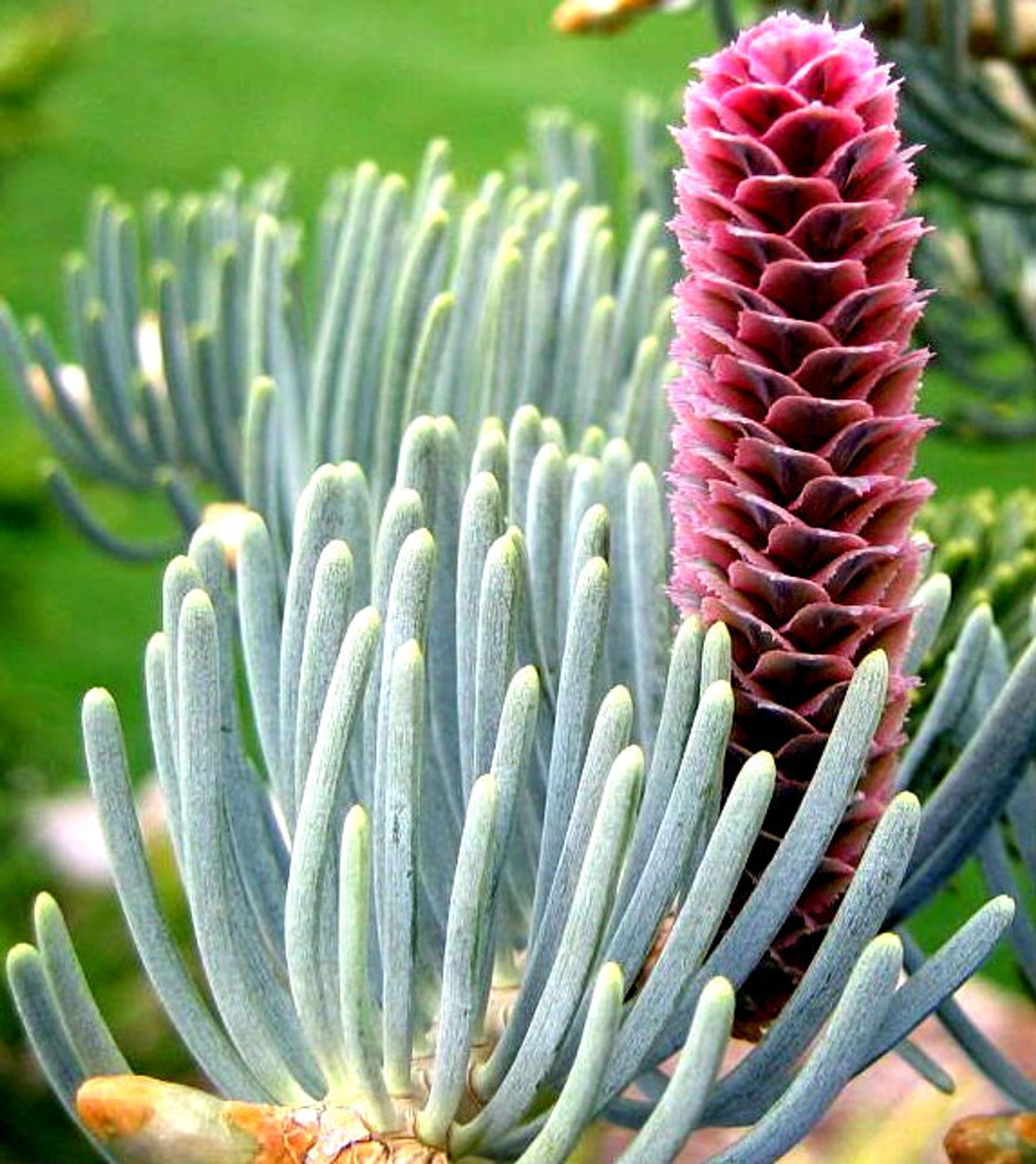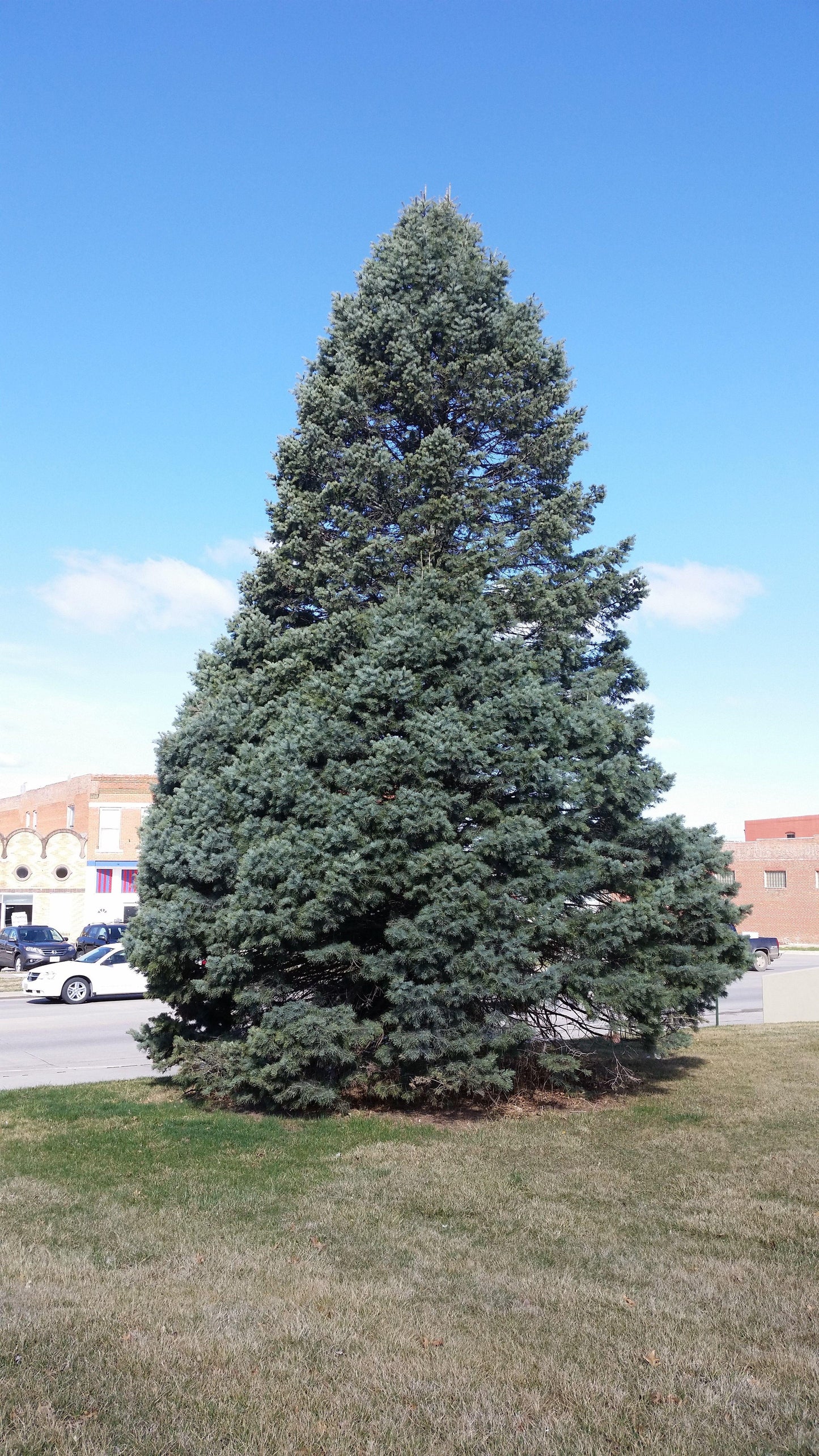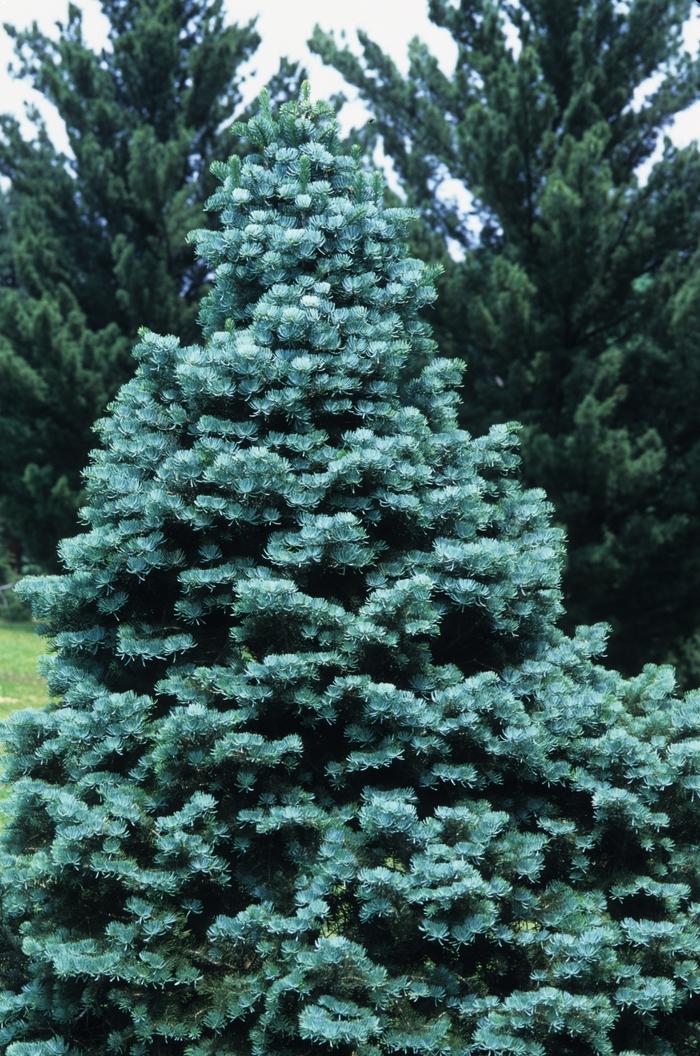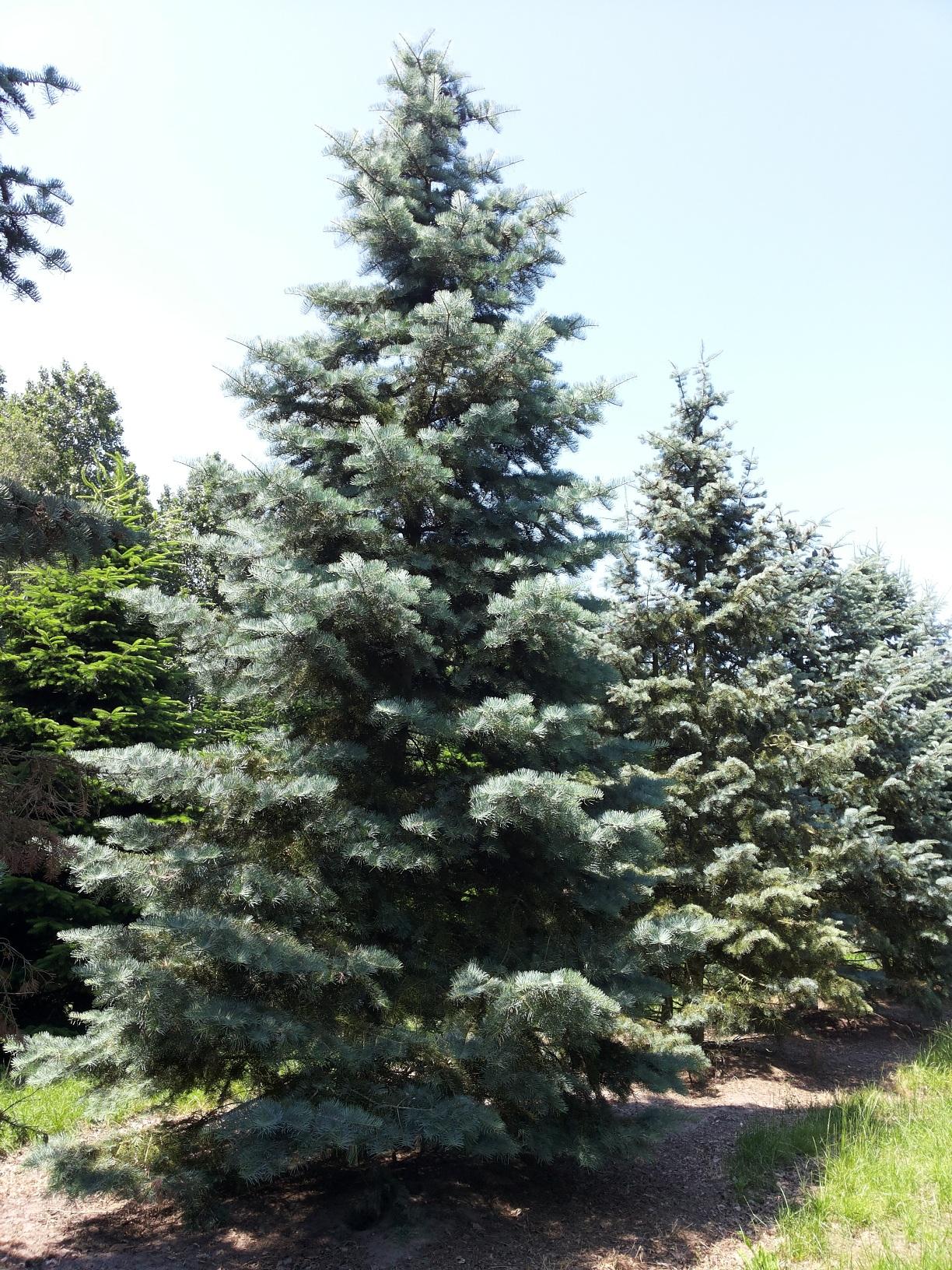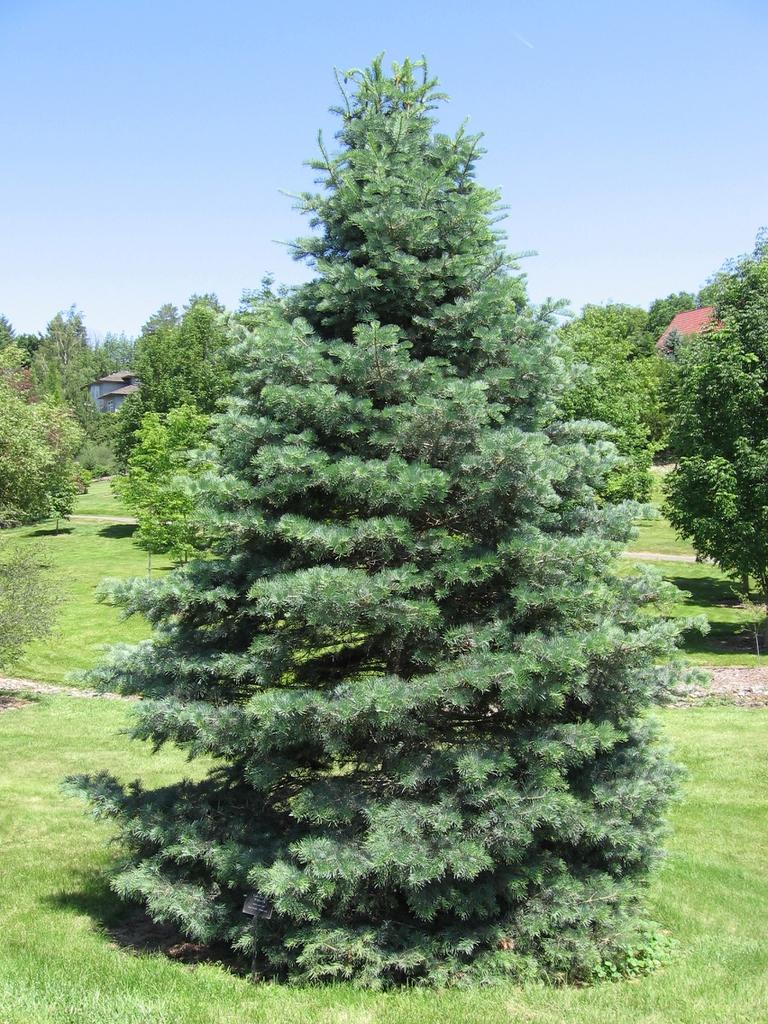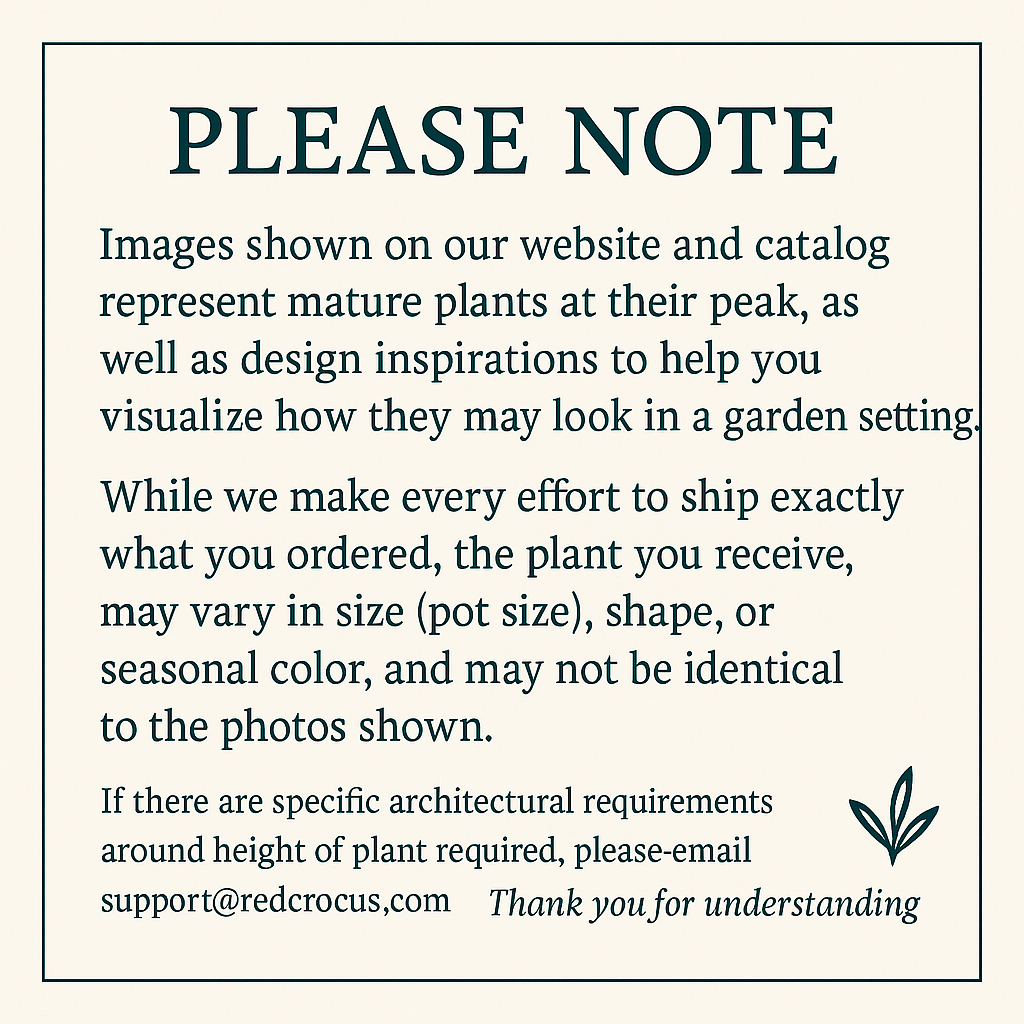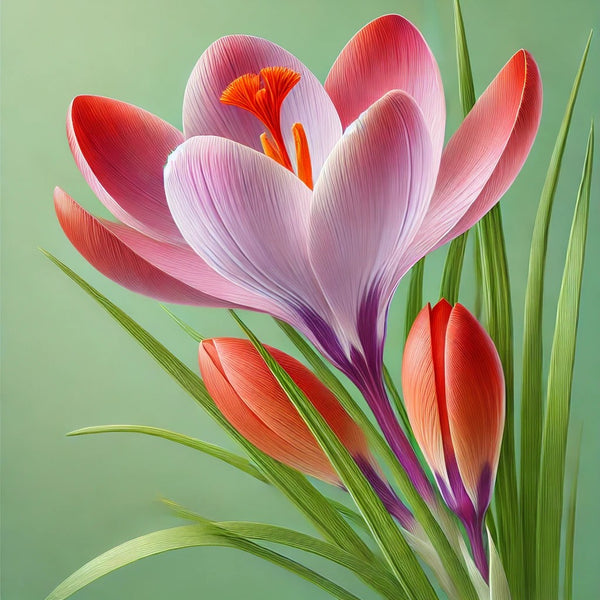1
/
of
21
White Fir–Evergreen–Adaptable Landscape Tree 8/10' h B&B
White Fir–Evergreen–Adaptable Landscape Tree 8/10' h B&B
Regular price
$1,880.00 USD
Regular price
$2,444.00 USD
Sale price
$1,880.00 USD
Unit price
/
per
Shipping calculated at checkout.
SKU:nte0097-redcrocus
Couldn't load pickup availability
Abies concolor
Description
The Abies concolor, commonly known as the White Fir, is a majestic evergreen tree native to the mountainous regions of the western United States. It is renowned for its soft, silvery-blue needles and symmetrical, conical shape. The White Fir is a popular choice for landscaping due to its striking appearance and adaptability to various climates.
Suggested Uses
White Fir is ideal for use as a specimen tree in large gardens or parks. It can also be used as a windbreak or privacy screen due to its dense foliage. Additionally, it is a popular choice for Christmas trees and can be used in reforestation projects.
Plant Details
-
 Botanical Name: Abies concolor
Botanical Name: Abies concolor -
 Common Name: White Fir
Common Name: White Fir -
 Size & Growth: 40-60 feet tall, 20-30 feet wide
Size & Growth: 40-60 feet tall, 20-30 feet wide -
 Hardiness Zones: 4-7
Hardiness Zones: 4-7 -
 Foliage Type: Evergreen
Foliage Type: Evergreen -
 Bloom Time: Non-flowering
Bloom Time: Non-flowering -
 Growth Rate: Moderate
Growth Rate: Moderate -
 Light Requirements: Full sun to partial shade
Light Requirements: Full sun to partial shade -
 Attracts Pollinators: No
Attracts Pollinators: No -
 Indoor Friendly: No
Indoor Friendly: No -
 Container Friendly: No
Container Friendly: No -
 Deer Resistant: Yes
Deer Resistant: Yes -
 Pet Warning: Non-toxic
Pet Warning: Non-toxic -
 Fragrant: No
Fragrant: No -
 Cut Flower: No
Cut Flower: No -
 Grows Well With: Picea pungens, Pinus ponderosa
Grows Well With: Picea pungens, Pinus ponderosa
Care Tips
-
 Planting Instructions: Plant in spring or fall in well-drained soil
Planting Instructions: Plant in spring or fall in well-drained soil -
 Soil Moisture: Keep soil evenly moist, especially in dry periods
Soil Moisture: Keep soil evenly moist, especially in dry periods -
 Soil Type: Prefers acidic, loamy, sandy, or clay soils
Soil Type: Prefers acidic, loamy, sandy, or clay soils -
 Humidity: Tolerates low humidity
Humidity: Tolerates low humidity -
 Pruning Instructions: Prune dead or damaged branches in late winter
Pruning Instructions: Prune dead or damaged branches in late winter -
 Winter Care: Mulch to protect roots in colder climates
Winter Care: Mulch to protect roots in colder climates -
 Planting Depth: Plant at the same depth as in the nursery container
Planting Depth: Plant at the same depth as in the nursery container -
 Fertilization: Fertilize in early spring with a balanced fertilizer
Fertilization: Fertilize in early spring with a balanced fertilizer -
 Special Care: Protect young trees from strong winds
Special Care: Protect young trees from strong winds
Share

